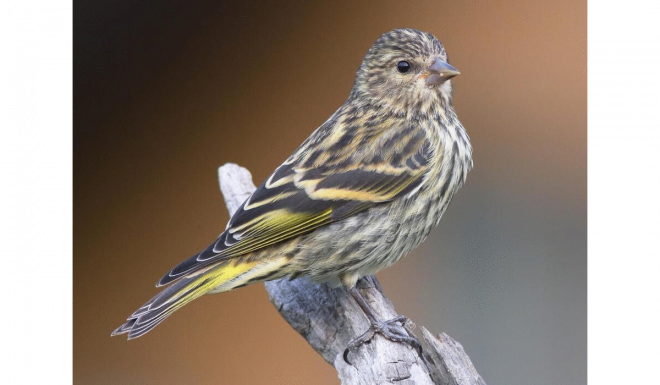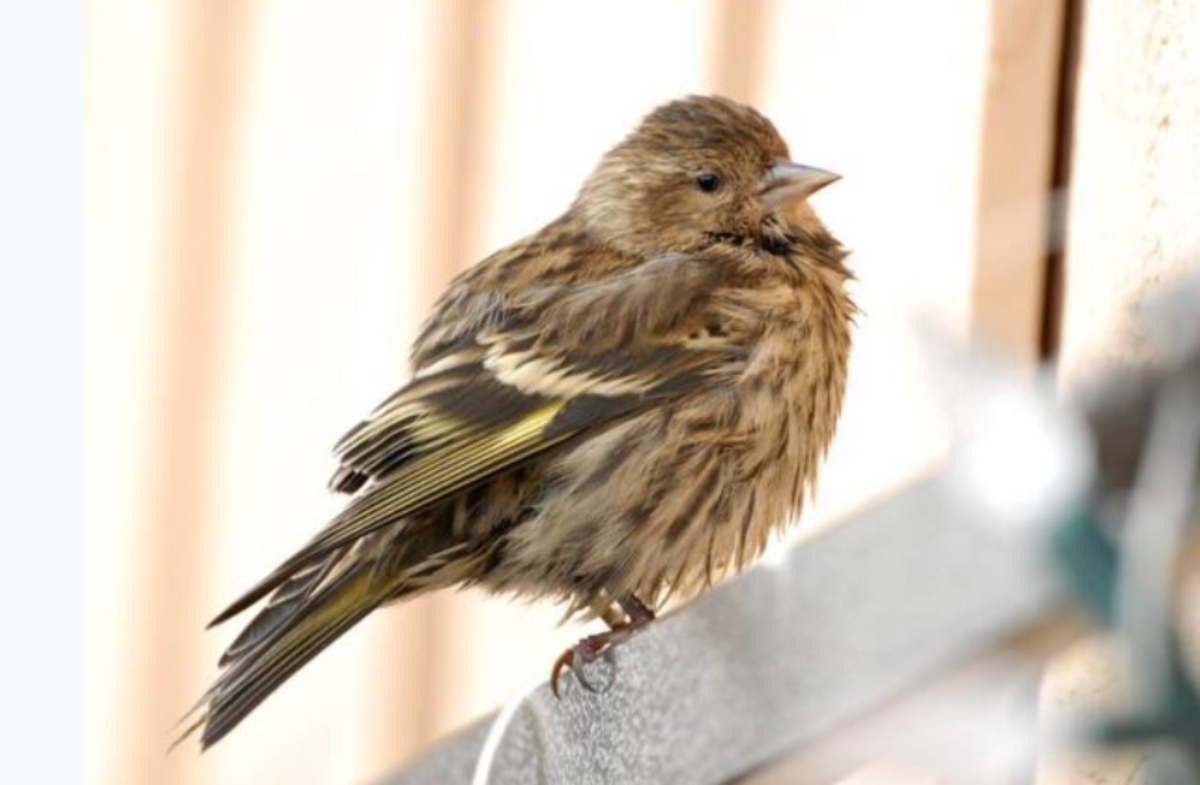Social Distancing is for the Birds: a True Tale of Salmonellosis
Eve Flanigan 03.03.21

Many outdoors lovers enjoy feeding songbirds especially during the winter. Even as humans deal with their own pandemic, songbirds of North America have been experiencing one of their own. Salmonellosis is a bacterial disease currently making the rounds in the population especially where birds congregate at feeders.
Especially affected this year is a finch species called the Pine Siskin, easily mistaken for a small sparrow. They are present in nearly the entire contiguous 48 as well as the southeastern quadrant of Alaska. These little birds have been turning up sick at wildlife and bird rescue centers by the score. Most do not survive once sick enough to not resist capture by humans. As a result, experts are making some recommendations to curb the spread of Salmonellosis.
Cruel as it may seem to dedicated providers of seeds when snow is on the ground, the strongest recommendation is to stop providing food and to either stop providing water or sanitize bird baths and other water containers used by birds three times weekly. Removal of centralized food and water stations forces that familiar social distancing concept onto birds. Since the bacteria are spread by fecal exposure, birds that spend more time away from other birds bear lower risk of infection.
Those dedicated to providing avian amenities can do much to minimize infection. Eliminate platform feeders, which force birds to walk in feces and invite mixing of food and fecal matter. Choose perch feeders instead. Sanitizing is key. This can be accomplished by washing both feeders and waterers with hot, soapy water or emptying containers and spraying them down with a 10 percent bleach solution, then allowing them to dry before refilling. For locations with more than one feeder, spread the feeders out so as to minimize the number of birds in close proximity to one another.
Of course, some of this may be impractical or impossible in severe weather, making elimination of the food/water sources a better option. Long term, it’s a good idea to minimize artificial feeding and encourage natural, more “socially distanced” feeding by planting native food sources.

Some birds carry Salmonella and can infect others though the individual is free of symptoms. Signs of infection can include a puffed-up appearance, unkempt feathers, lethargy, swollen eyes, and lack of fear of humans. If a dead bird is found in the feeding/watering area, it should be removed from the area and buried or, if using public waste, double-bag the bird before disposal. Immediately sanitize feeders/waterers at the site and, where appropriate, rake the area under the feeder. As common sense would dictate, wash your hands thoroughly after handling feeders, waterers, or birds.